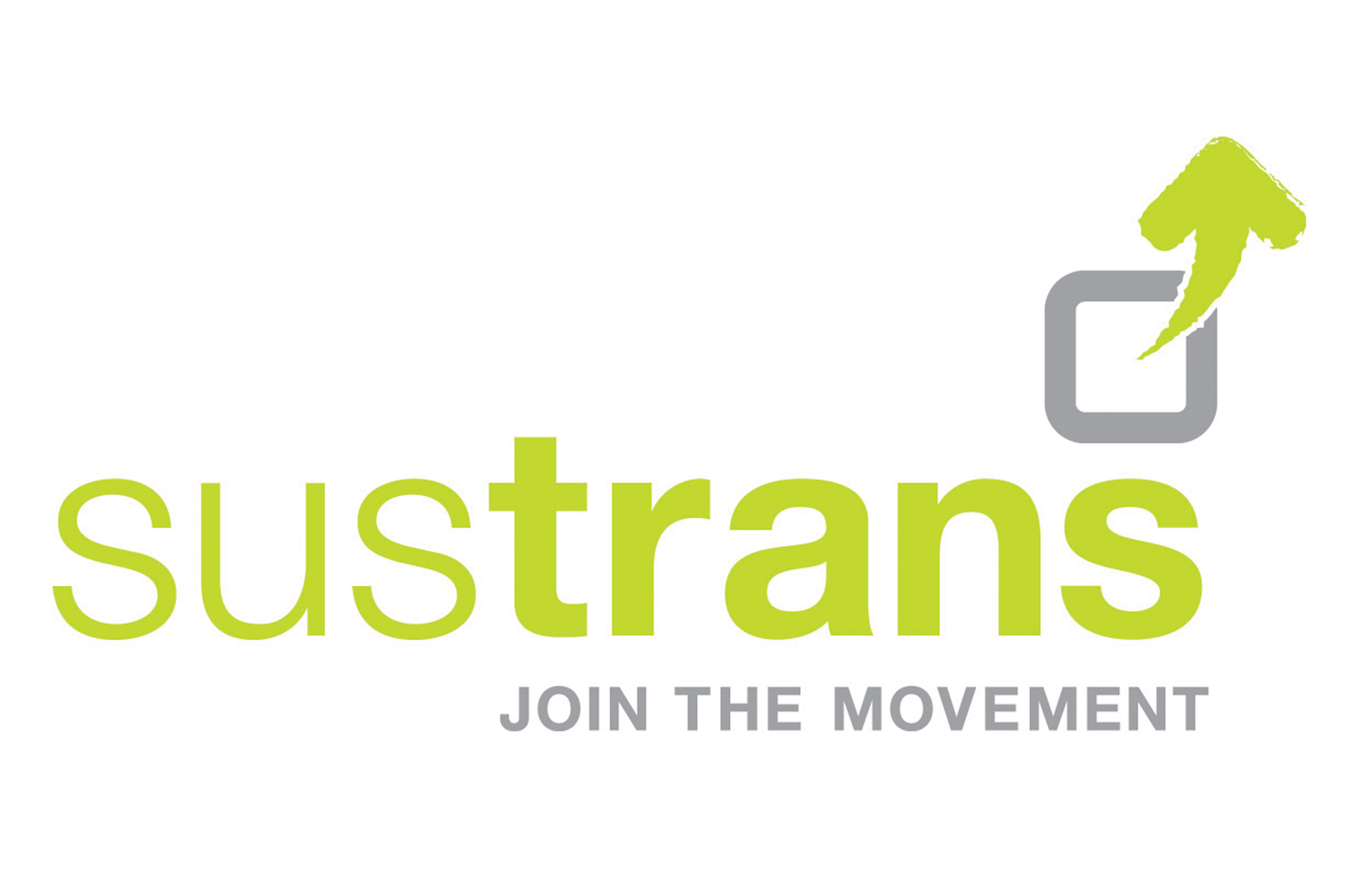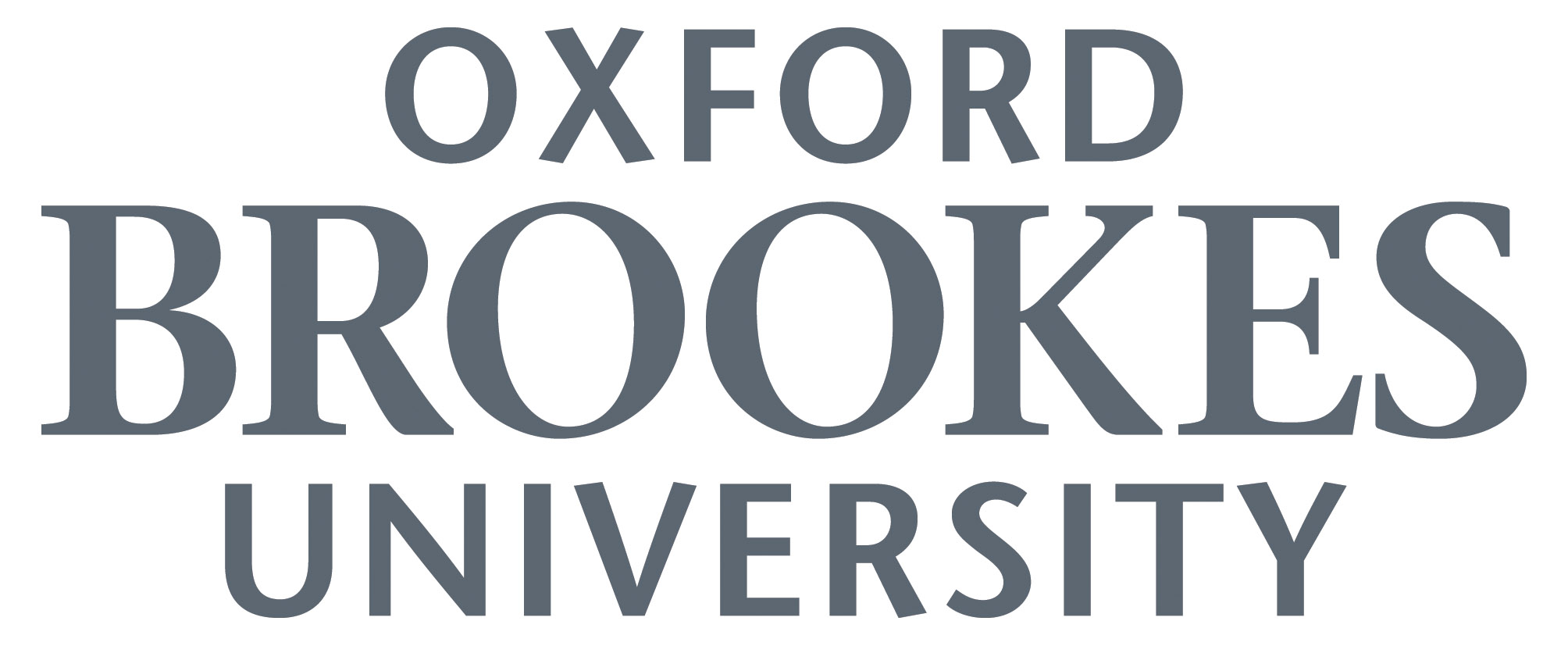Our standard focus group transcription rates are shown in the table below, but please note that this rate will be reduced slightly if you do NOT want the individual participants identified. (Please note that we charge a lower interview transcription service rate for interviews with up to two interviewees and one interviewer or vice versa – maximum three people in total). We will try to identify participants as standard, but if you don’t require this please let us know. This will save some time. Each time the speaker changes we will note this, but we will not put in any attempts at distinguishing who is speaking, with the exception of the moderator.
| Meeting, Round table or Focus Group transcription | Price per Audio Minute |
| Standard rate | £1.60-3.50 depending on numbers of people etc. |
| Discounted focus group transcription rate for universities, students, institutions and charities | £1.45-£3.00 depending on numbers of people etc. |
| Please note: This only applies to good quality digital recordings – assuming clear recording with minimal background noise and no strong accents, with intelligent verbatim transcription. Please see the information on transcription times and type for more information on this. | |
Recording focus groups for transcription
If you are conducting a focus group and need to produce a transcript of it later on for analysis then you need to consider the transcription aspect right from the start. There is quite a bit you can do to make the transcription easier, and an easier transcription will take less time and therefore should cost less if you’re having it professionally transcribed.
What could be more frustrating than moderating a really productive and information-rich session only to find that your recording is unusable or the transcript comes back from your transcriptionist looking like gobbledygook?
Transcription of even a one-to-one interview is a tricky business and a professional transcriptionist will take around four hours per hour to transcribe a clearly recorded one-to-one interview. A focus group takes even longer because of the variety of different voices and accents, the fact that people talk over each other and the need to work out who is speaking.
Below are some bullet points of things you can do to make the process smoother, before, during and after the group, and also a checklist to use prior to getting your work transcribed, which you may find useful.
Things to consider before conducting the focus group
- If you’re providing refreshments preferably have the food before or after the discussion. Not only is transcription of people eating somewhat unpleasant, it’s also considerably more difficult to understand people, as you’ll know if you’ve ever listened to someone talking with their mouth full.
- Do make sure you have a good enough recording system in place – putting a phone or recording device in the middle of the table is probably not going to give you quality audio – get a group of friends or colleagues together first and try it out. If the audio is clear on your test, it should be fine for the real group.
- Make sure you have a quiet, self-contained room for each group – if you’re planning to run several groups, please don’t do them all at the same time in the same room! This usually leads to all the groups being mostly inaudible!
- Sometimes you won’t need to know who’s speaking, so long as each time a new person speaks this is indicated on the transcript. This will usually be cheaper because the transcriptionist does not have to distinguish the different voices, which is why it’s worth considering in advance whether you need the information on who’s speaking at any particular time.
- If it is important to know who is talking then you will ideally not have more than five people of the same sex or eight people altogether, unless their voices or accents are very distinctive.
- You might want to have a backup recorder or at very least spare batteries available! These things do go wrong – sadly not all that infrequently!
- Don’t think video is the answer to your prayers – while something like a Zoom video could be quite useful, a camera in the room will only be facing one way, and if you’re sitting round a table that’s half the speakers not in camera view – and the camera may be too far away to actually see who’s speaking.
Conducting the focus group
- If you’re conducting a number of groups, don’t rely on your memory – make a note just before you start each group of the number of people, how many men and women, perhaps even a table plan to give the transcriptionist. Generally the cost of transcription will increase as the number of people does so bear that in mind.
- Always lay down the ground rules at the beginning of the focus group. Explain why the recorder is there and check no one objects. Have a back-up plan or policy ready if anyone does object, or make sure everyone is notified in advance.
- You will obviously need to explain what you want from the participants, why the group is being conducted, what you are researching etc. but if you don’t want this transcribed switch the recorder on after you’ve done that, or tell the transcriptionist where on the tape to start e.g. ‘Please start at 5 mins 10 seconds.’
- Explain that people talking over each other will be problematic for the recording and ask that they please refrain from doing so. Don’t be afraid to remind them of this as when people get passionate, excited or angry they will talk over each other!
- If you want the individuals identified, it’s very important to get everyone in the group to introduce themselves. Ask them to say specific things so that you get more than a name. For example, ‘Hello, can you tell me your name, where you live, your job, who else lives with you and your favourite food?’ This would be appropriate for market research. For a group of scientists you might say, ‘Can you say your name, just for the purposes of the tape, where you work and a sentence or two about your current research?’ The point is that the transcriptionist has a chance to ‘learn’ the different voices. ‘Hi, I’m Joe’ is just not a long enough snippet of someone’s voice to do that.
- Some of our clients have found it helpful to have a card with the intro questions on, that they pass around the table as each person does their intro.
- If it’s important to stick to a discussion plan then don’t be afraid to gently rein people in if they go off track e.g. ‘That’s a very interesting point Mike, but what we’re really discussing here is the price. Of course taste is extremely important and we’ll certainly be discussing it later on. For now though, what do you think of the price?’
After the group – preparing for transcription
- Make a list of all the names (with correct spellings) and genders, and other relevant info e.g. Dr Sandy Shaw, Blogs Hospital NHS Trust, qualified 10 years – Female. Give this list to the transcriber along with the names of the moderator and anyone else who is present and makes any comment e.g. someone who’s helped to organise the group or is participating in the research.
- If you want the group anonymised then obviously don’t give names – just say P1, female, Bloggs NHS Trust, qualified 10 years; P2 – gender not given, Johnson and Co., sales rep.
- Make sure you tell your transcriptionist exactly what you want e.g. you almost certainly won’t need a ‘verbatim’ transcription including every ‘um’ or ‘er’ and every repeated word. If you do need this it will probably be more expensive. Don’t be confused into thinking that it won’t be an accurate transcript if it’s not verbatim. ‘Intelligent verbatim’ is exactly what’s said, but leaving out all the ‘speech fillers’, hesitations etc. and this is probably more practical in these situations. Sometimes you might want the answers edited to tidy up the grammar, and sometimes for market research you might want each comment categorised into a table to make the results more quantitative. Each of these ways of transcribing will be differently priced and some transcriptionists will have more experience in market research categorisation, so think carefully about what you need and make sure you find the appropriate person to carry out the work for you.
There’s a checklist below that covers the topics above, or you can download a PDF version here: Checklist for focus group recording
| Checklist – pre-group | |
| Recording equipment checked | |
| Room booked | |
| Seating arrangements checked | |
| Food/drink ordered | |
| Decision made about whether to have individuals identified or not in the transcript | |
| If you want participants identified, intro questions prepared and intro card produced | |
| Checklist – during the group | |
| Recording equipment checked in situ | |
| Spare recorder or spare batteries available | |
| Recorders turned on! | |
| Notes made on numbers and genders of people for transcriptionist, and table plan | |
| Introduction by you | |
| Ask the group to introduce themselves, using intro card and full sentences, if you want participants identified | |
| Checklist for sending the audio to the transcriptionist | |
| Need identification by name, by number or do not need individuals identified | |
| Notes on numbers, genders etc. provided | |
| Notes on timings e.g. ‘Please start at 5 mins 10 seconds, after my intro’ and stop when I say, ‘Well to wrap up …’ at about 60 minutes. |
We hope you find the above helpful. If there is anything there that doesn’t make sense or you think we have missed something important, please do get in touch and let us know.





























